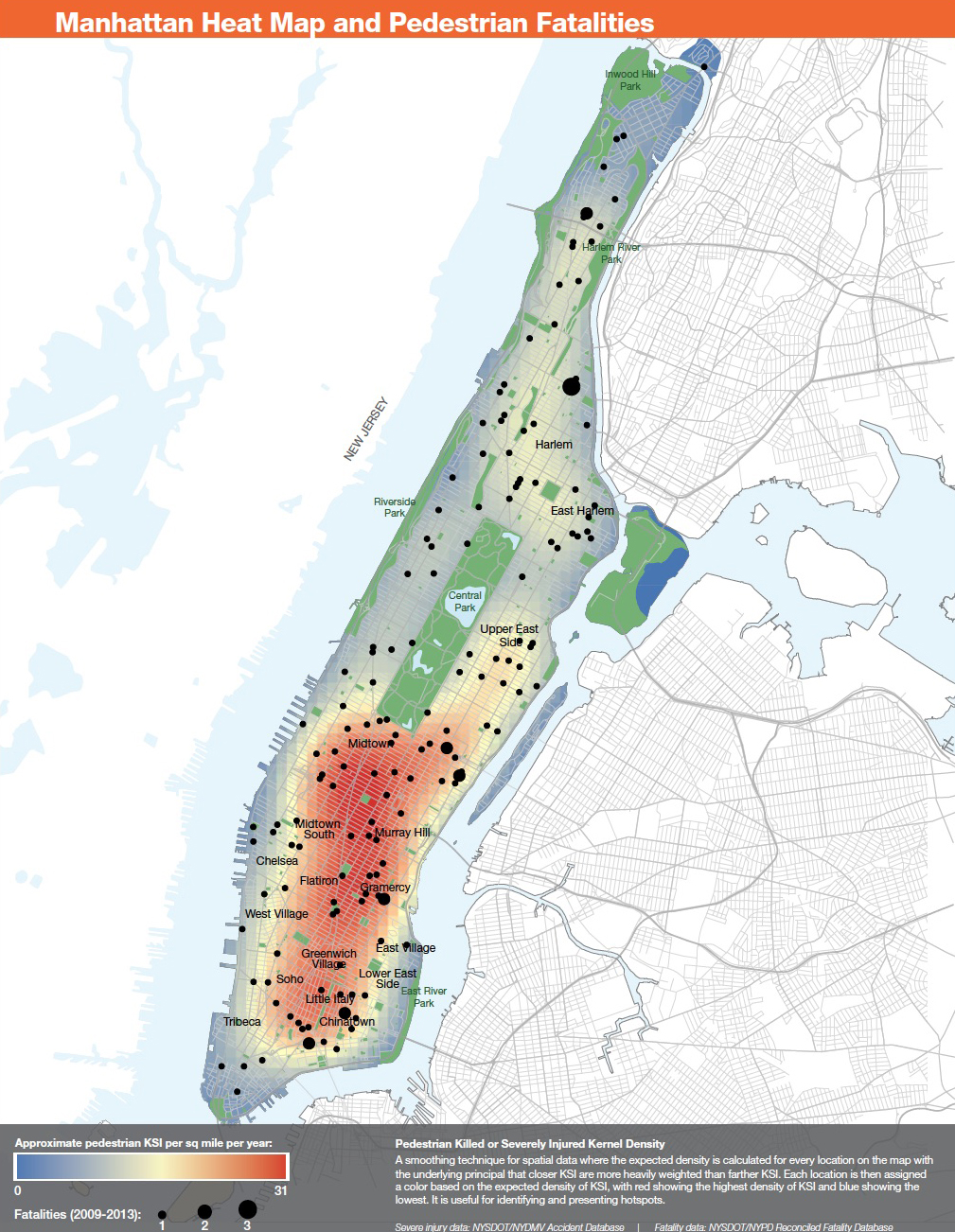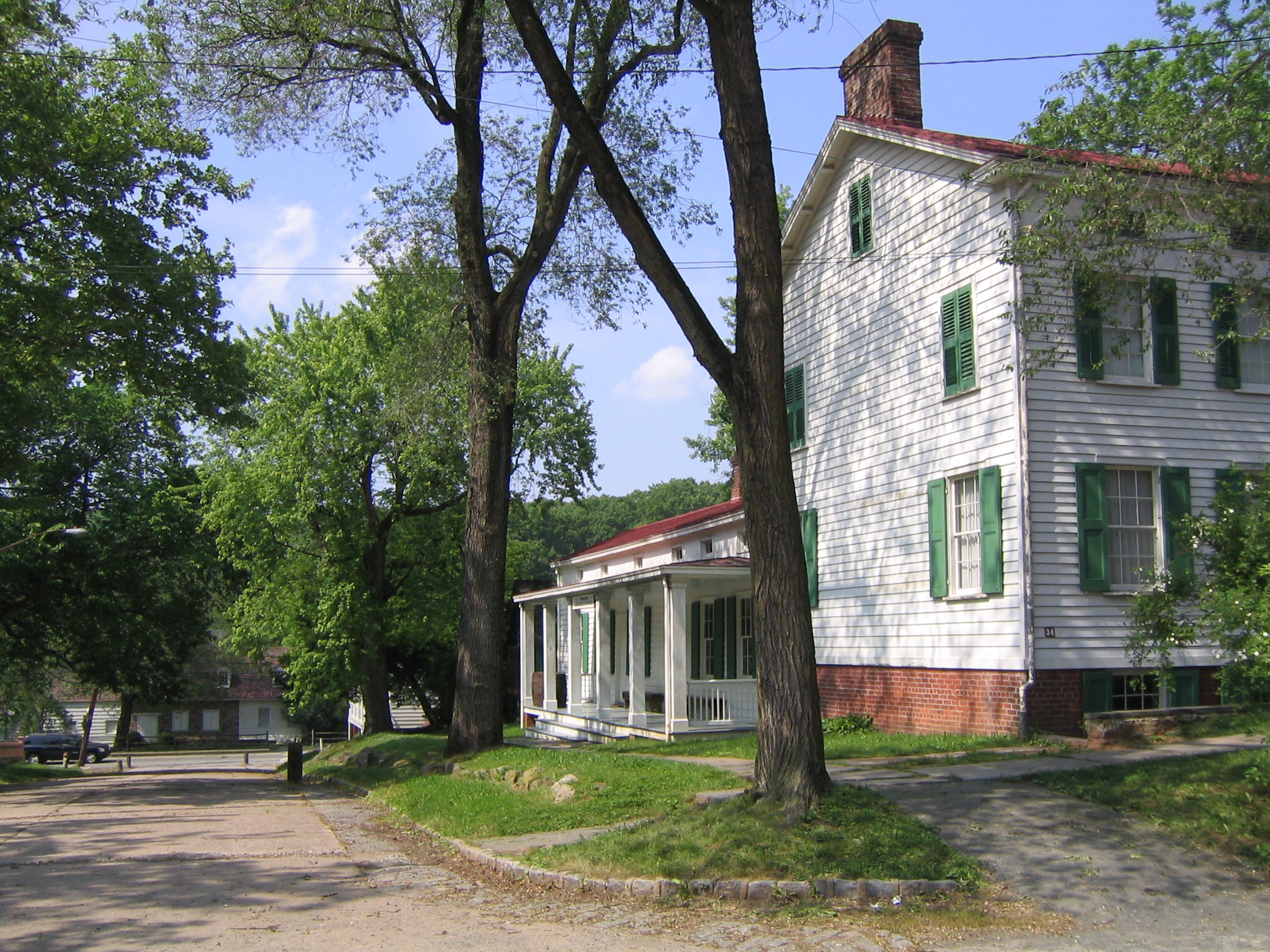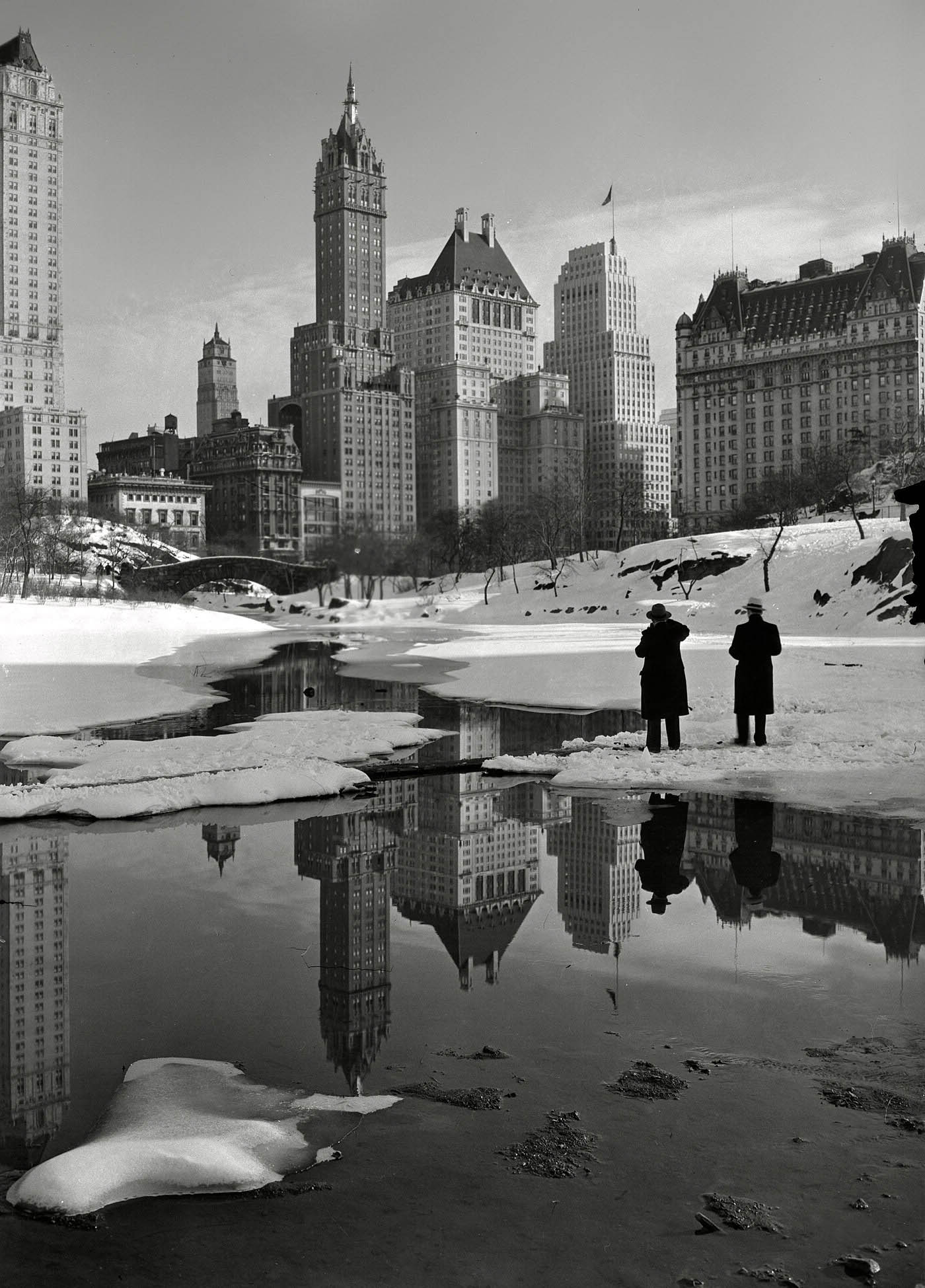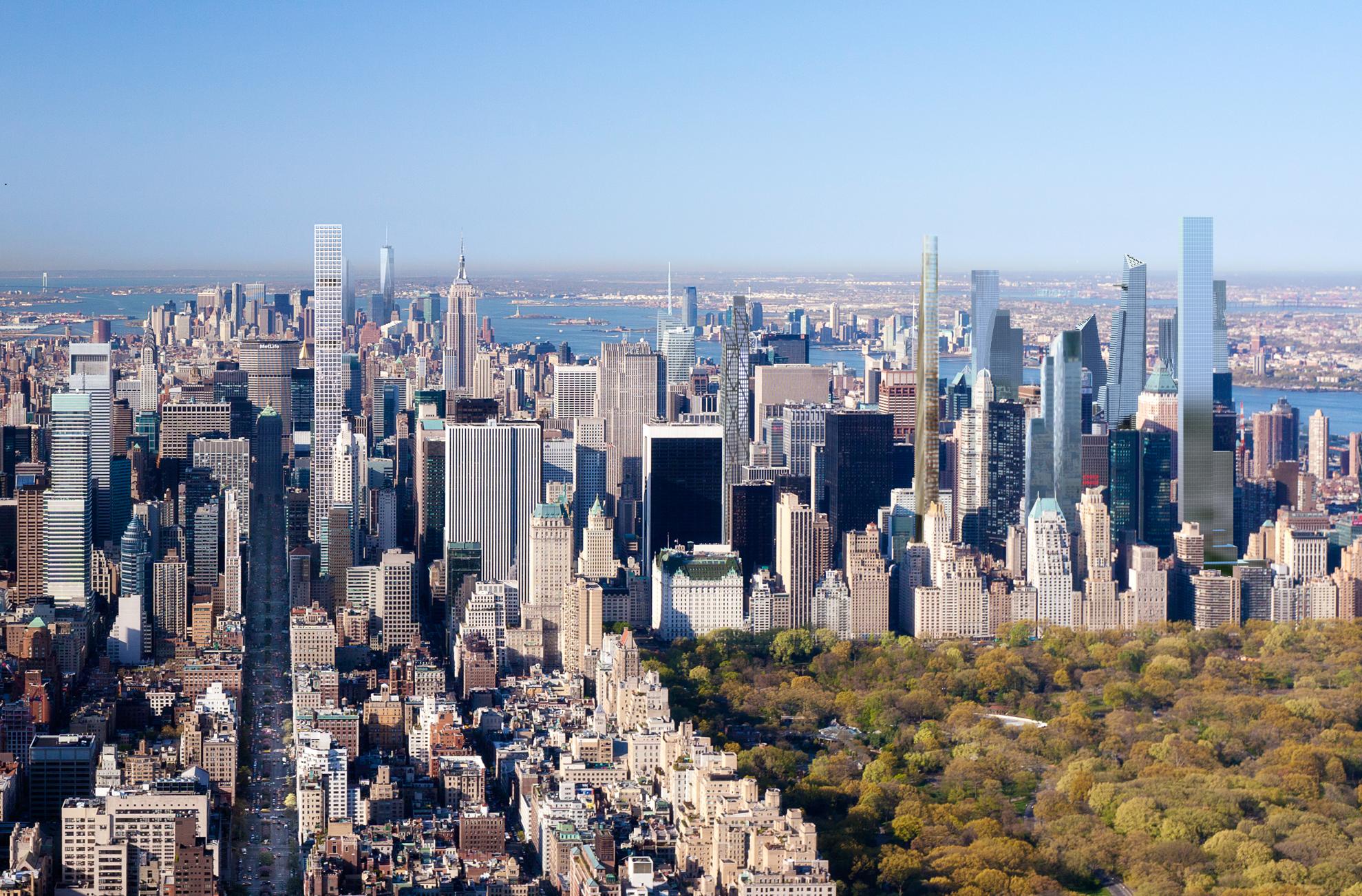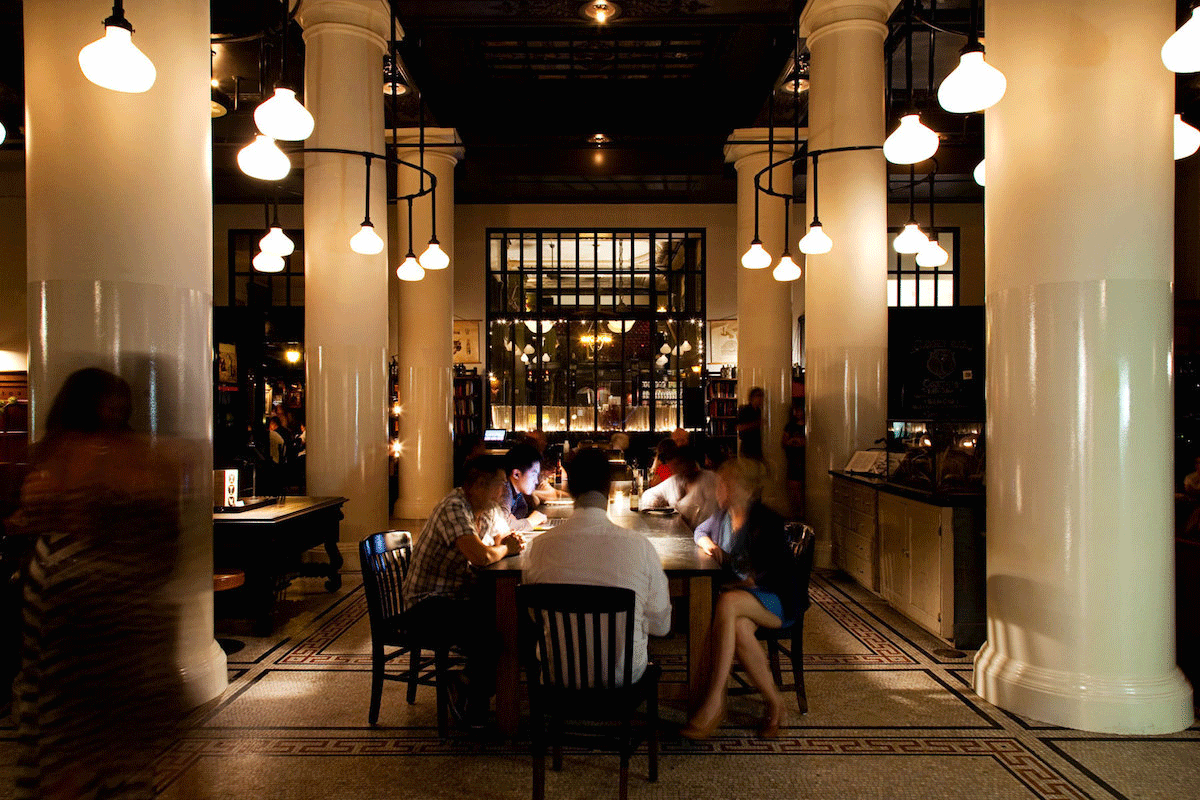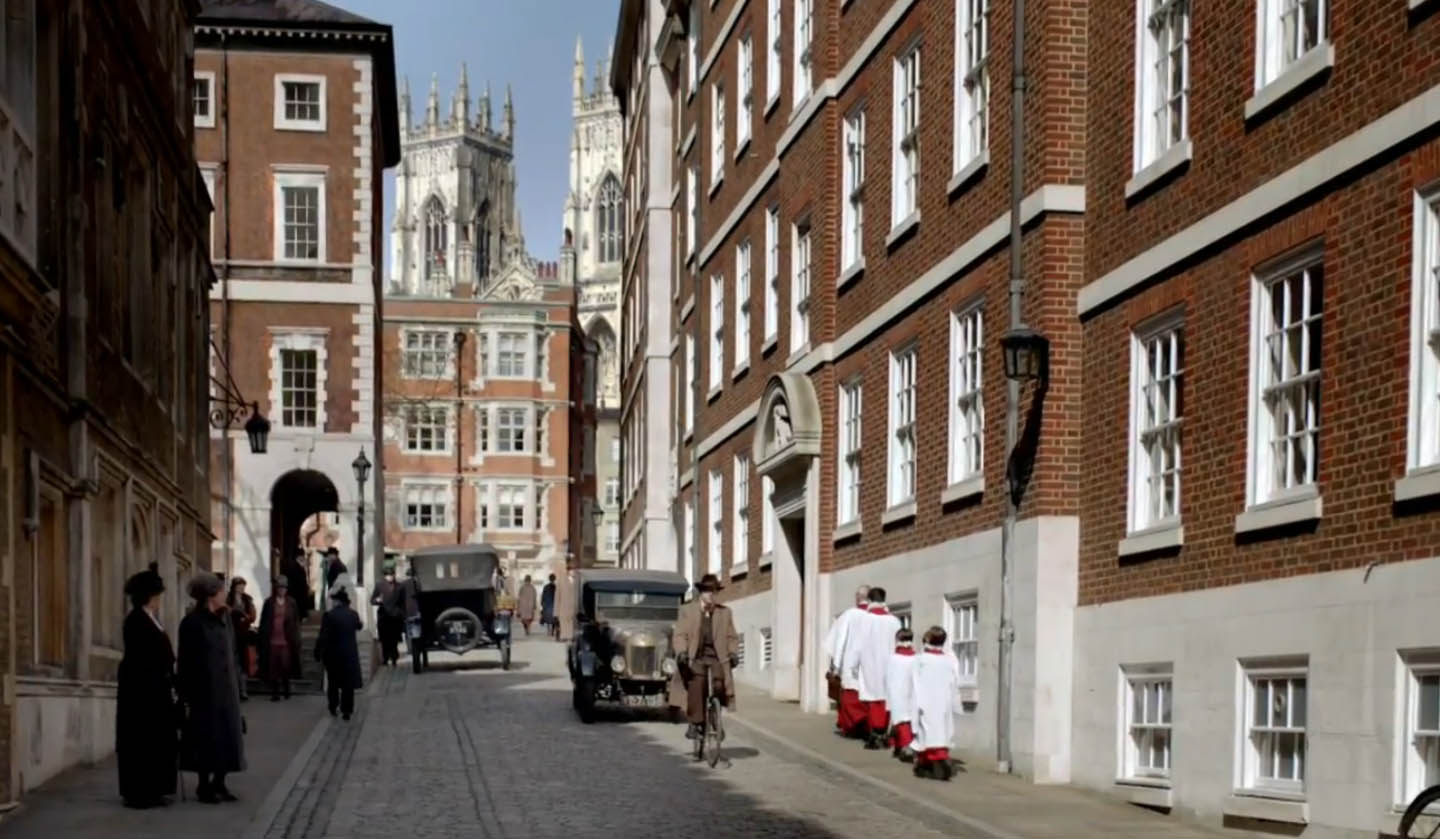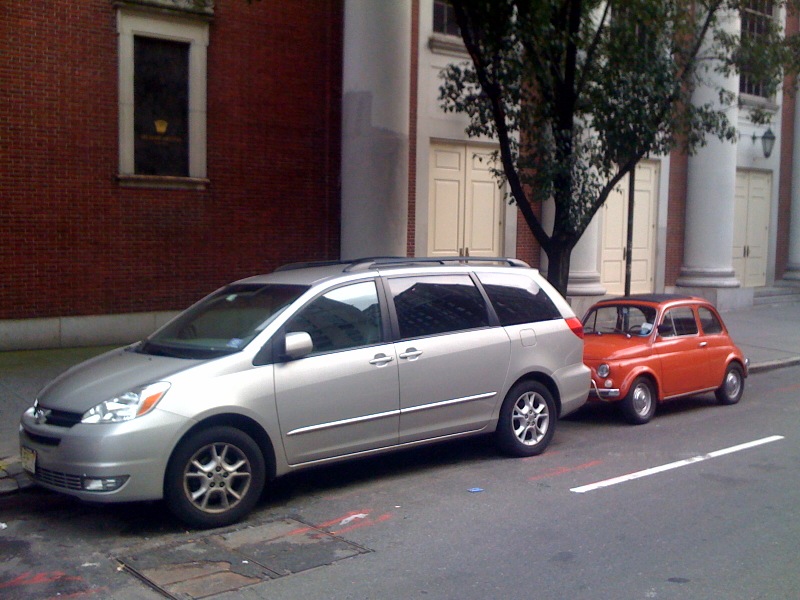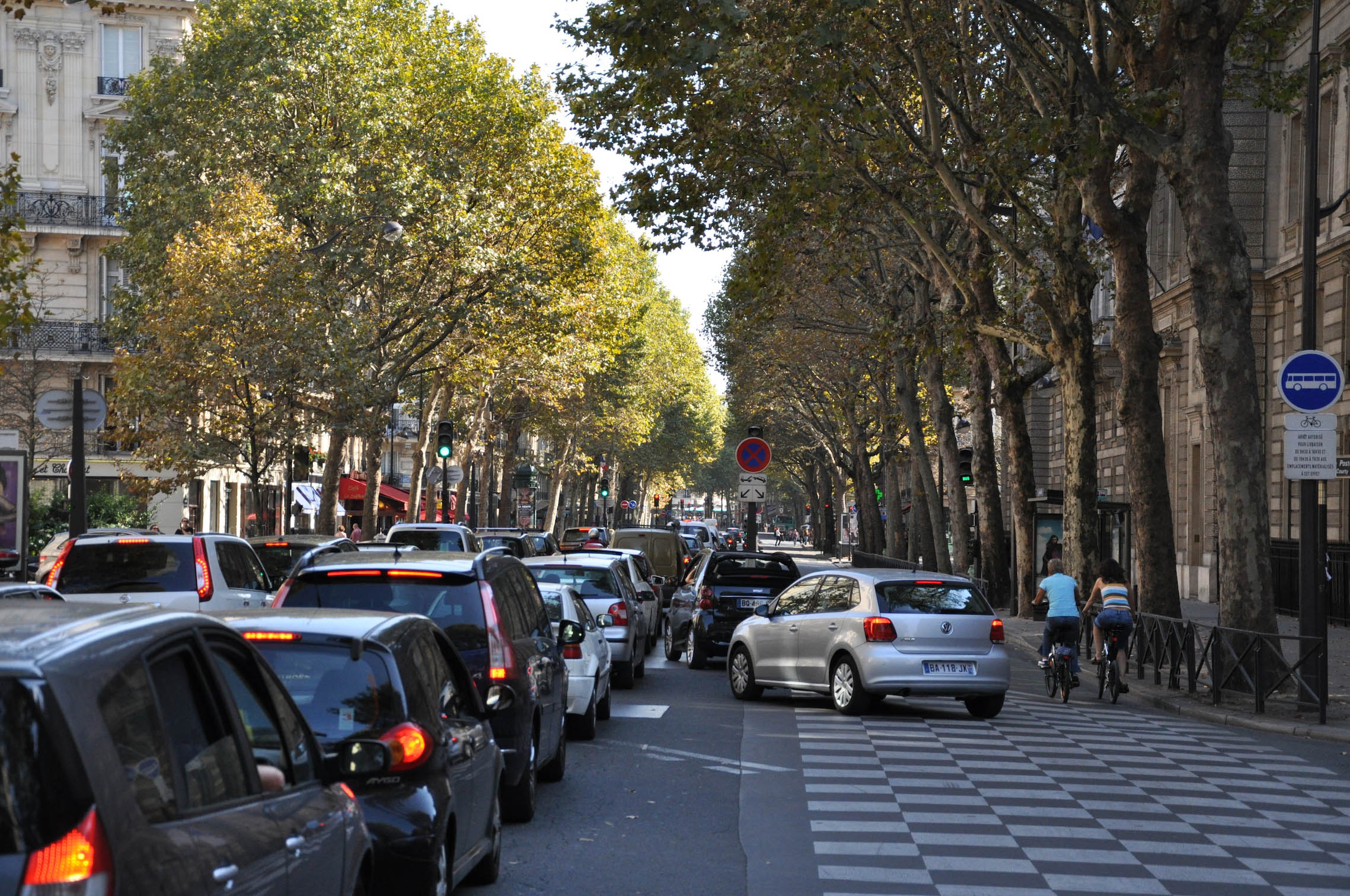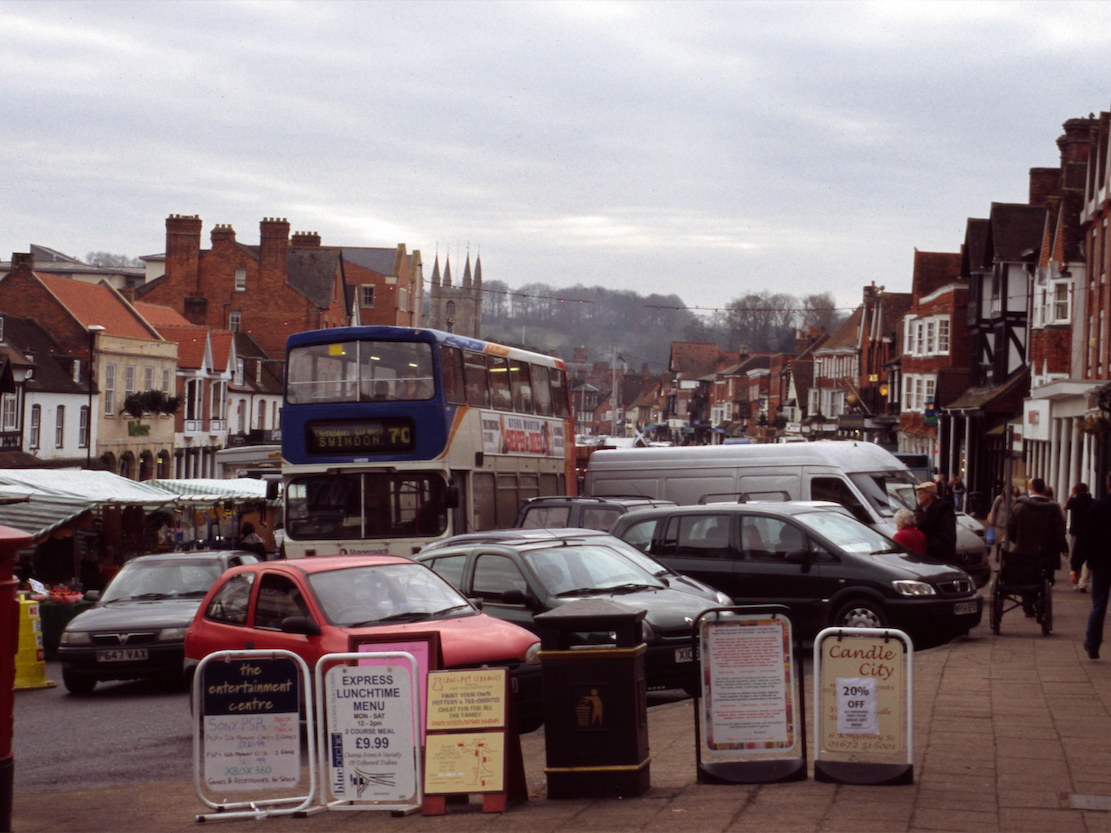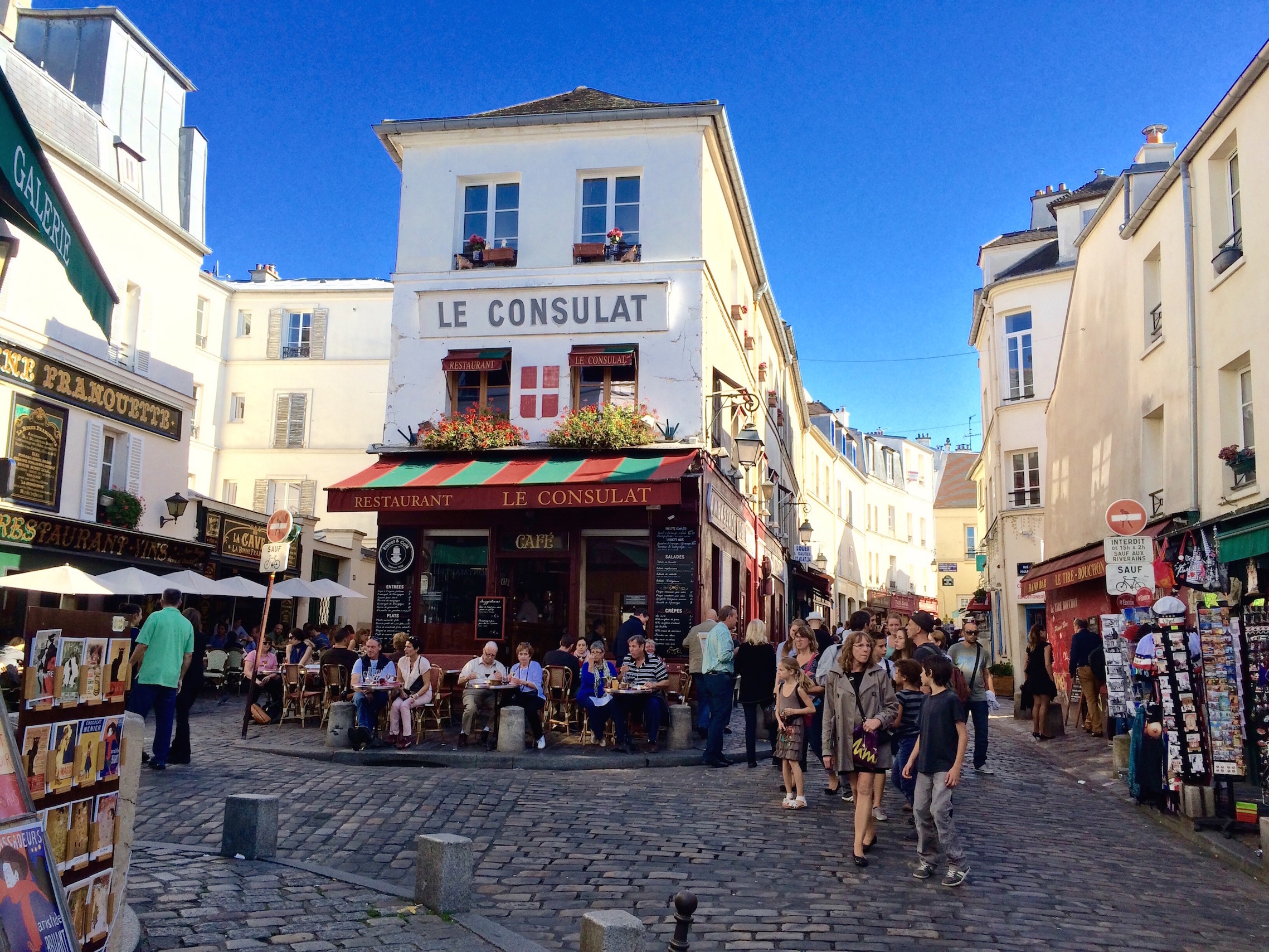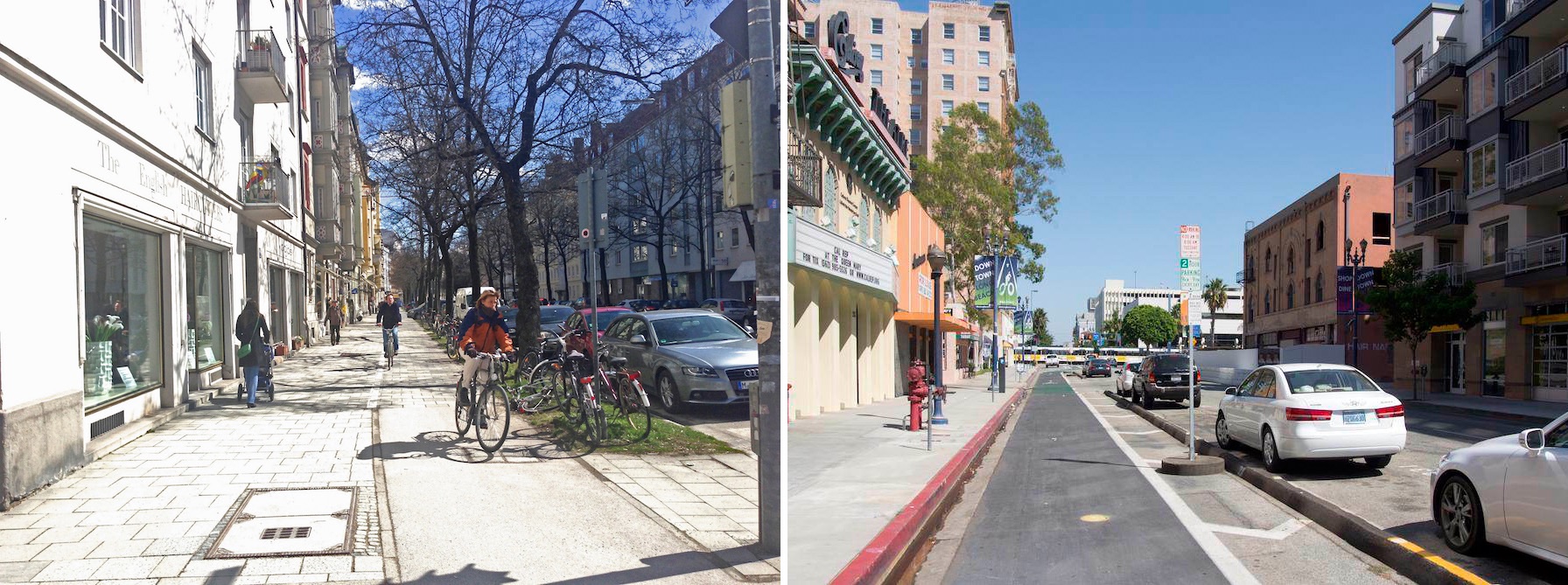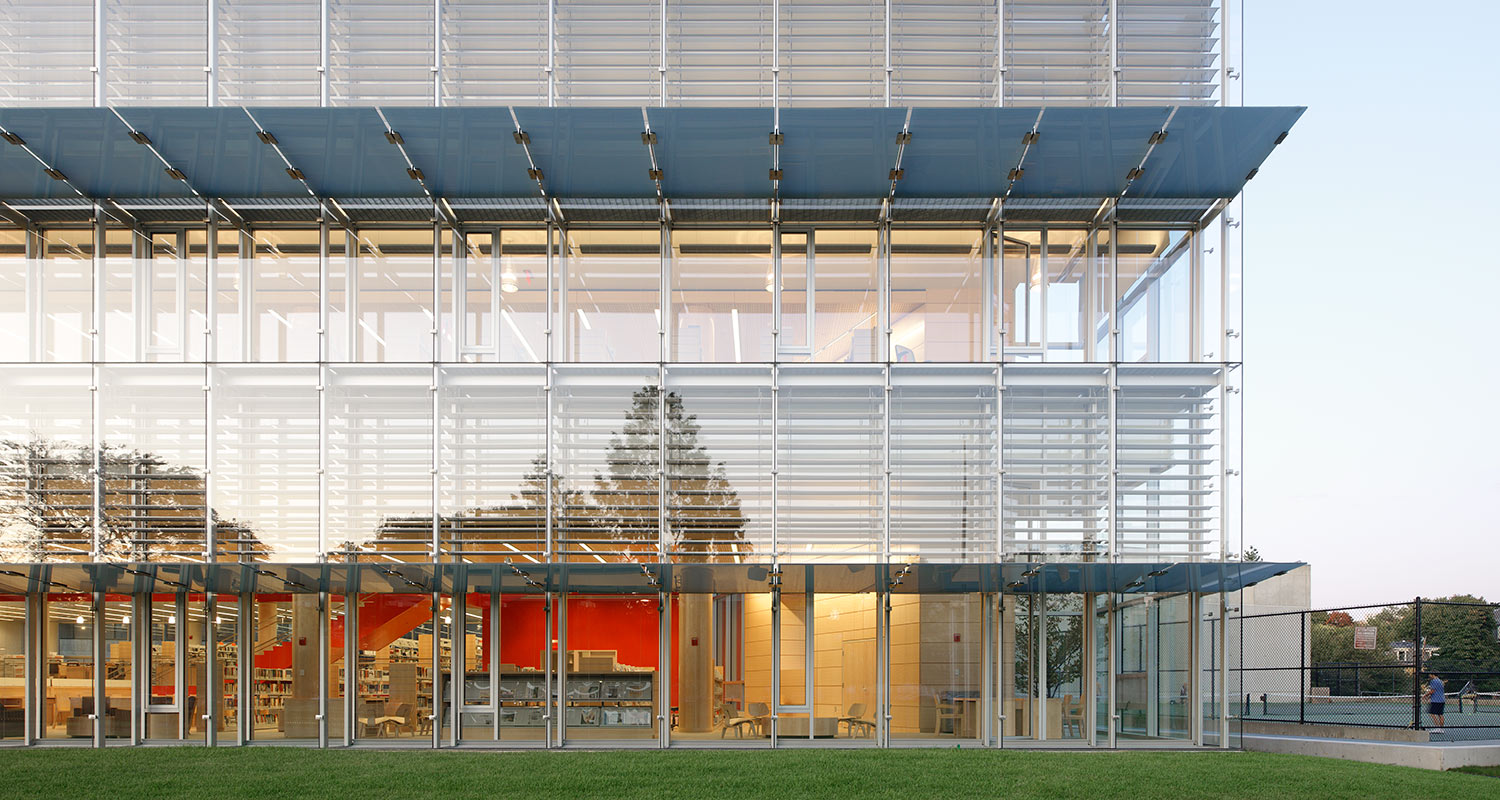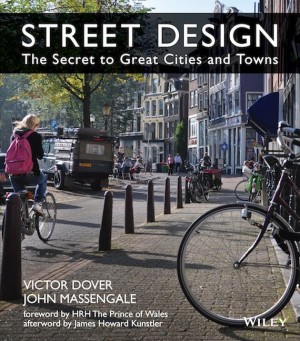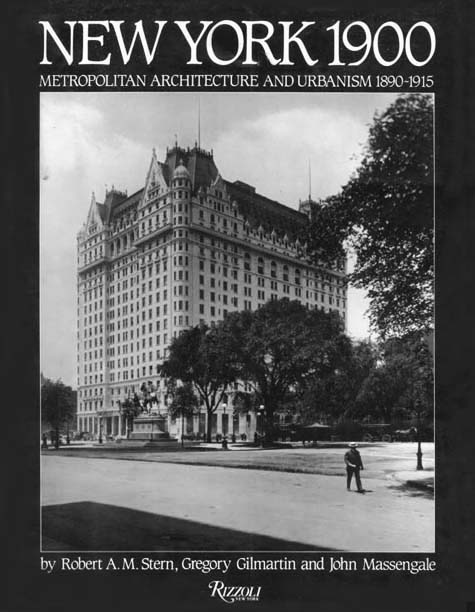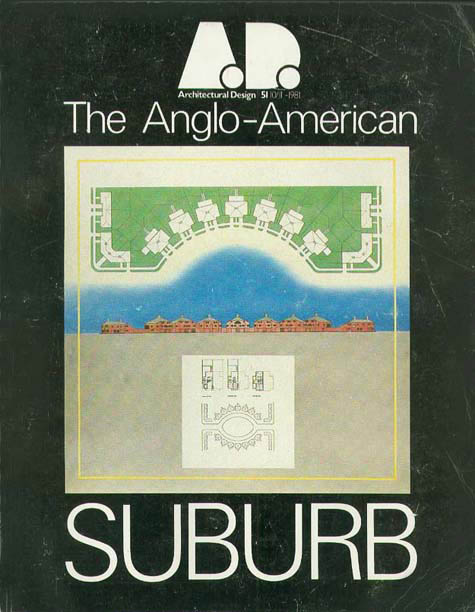THIS IS COMMON SENSE: Eliminate one way or another many inexpensive rental apartments and then build super-luxury condominiums targeted at non-resident foreigners who own half of all the wealth in the world and you will soon find that the laws of supply and demand will make apartments more expensive.
JULY 15: An “Interactive Map Shows NYC’s Disappearing Rent-Stabilized Apartments” has lots to look at. My current building is included. Our landlord has delisted 11 apartments, leaving us as the only rent-stabilized unit (and see here).

The explosion in the cost of apartments in New York City—rentals, co-operative apartments, and condominiums—would not have happened to the degree it did without the widespread conversion of rental apartments into condominiums and co-operatives.
Edmund Glaeser argues in Triumph of the City that increasing the housing supply always lowers prices—it is the main basis for his argument for apartment towers and hyper-density—but he ignores how quickly and directly form can follow finance, and the fact that condominiums, co-operative apartments, and rental apartments serve different markets. That is particularly true in Manhattan (and similarly in other “global cities), where a change from a focus on rental and co-operative apartments to the creation of a supply of condominiums was a necessary condition for the current state of the market, which has enormously widened to include the global 1%, who control 50% of the world’s wealth. Unlike the New Yorker, who looks on Manhattan as a place to live, the non-resident plutocrat looks on Manhattan as part of a diversified investment portfolio, for capital both legally and illegally obtained. A recent article in the New York Times shows how much new construction goes to anonymous foreign buyers, who use the condominiums to hide money from their governments and the US government. As we shall see, these buyers do not want to buy in co-opeative buildings (and usually can’t), and they are not interested in rental apartments.
This has drastically effected the rental market, which has lost and continues to lose many apartments to conversions and teardowns. The result has several aspects, which all serve to raise prices.
- In the 1970s, developers converted large numbers of rental apartments into cooperatives and condominiums. This gave them high short term returns and took many apartments out of the rental market.
- Over time, apartment seekers who did not have the money for a downpayment or the financial resources to obtain a mortgage found themselves with dramatically fewer choices.
- When this process began, there was little difference in price between the average market-rate rental and the average rent-stabilized rental. Buildings with more than six apartments were rent stabilized, and apartments stayed rent stabilized until their rent rose above a price reviewed every year by the rent stabilization board. When market-rate rents and rent-stabilized prices were similar, that was usually not an important factor in the status of the apartment.
- Condominiums became more popular, because unlike co-operative buildings, condominium boards can not reject potential buyers. Over time, condos became more expensive than coops.
- Global capitalism produced a large number of buyers around the world who bought expensive New York City condos as part of a diversified investment portfolio. New York City became an increasingly popular place for the international super rich to illegally hide money.
- Non-resident buyers and foreign investors in particular wanted apartments with long views in shiny new towers. This has produced the hyper-density of Billionaire’s Row on 57th Street, which raises rather lowers prices.
- Profits on developing condominiums grew very large and buildings with rental apartments sold as teardowns.
- Fewer rental apartments and drastically higher prices for condominiums raised rental costs. With the higher rentals, almost all rental apartments could be renovated and taken out of the rent stabilization program or sold as condos.
- In recent years, non-residents have bought 40-60% of the condos for sale in some of the more expensive Manhattan neighborhoods. This raised prices significantly several years in a row. New York has been in a building spree that has made it less affordable.
- Although he is reluctant to ascribe cause and effect, New York housing price guru Jonathan Miller points out that over the past 25 years, rise in sales price for a Manhattan apartment corresponds closely to the average Wall Street bonuses over the same period. These New Yorkers, of course, are part of the global 1%. They count for 5% of the jobs in New York City, but 25% of the income.
Today’s overheated market cannibalizes the small remaining stock of affordable apartments in old buildings, converting them or replacing them with unaffordable housing. When a rent-stabilized apartment is torn down or converted to a condominium in Manhattan, it becomes almost impossible for the tenant to find another rent-stabilized apartment on the island. It was easy when the supply of old apartments in rental buildings built for the middle class and the working class was still plentiful, but the shrinking of the supply side, the inability of the development industry to supply new inexpensive rentals in this market without subsidies, and recently, the sheer number of Manhattan apartments that shrink the availability of all apartments by selling to non-residents who rarely occupy them has radically changed the game.
The more Manhattan prices increase, the more attractive Manhattan condominiums become to foreign investors and speculators, and the more incentive there is for developers to chase those profits. The most expensive apartment in the history of New York recently sold to a hedge fund manager who intends to keep the $90 million penthouse empty until he sells it again. Soon after, a duplex apartment in the same building sold for $100 million. For the first few years all buyers in the building will get a large discount on property taxes, courtesy of tax incentives given to the developer by the Bloomberg administration.*
In this market, a scarcity of rentals makes it easy in every building but the lowest quality ones for the landlord to spend enough money renovating a vacated rent-stabilized apartment that the rent goes to the now-high market rate and becomes unregulated. Or, the landlord sells the apartment as a condominium, or tears down the building to assemble a larger parcel for a luxury tower. Even in the locations where one can not sell an apartment for $50 million, apartments costing $1 million to $10 million can often be sold.
Unsubsidized new construction south of 96th Street in Manhattan can never replace the old affordable apartments lost when land costs and contractions costs are so high. As long as we continue to lose rent-stabilized and rent-controlled apartments and apartment buildings all over Manhattan, the situation is bleak. For anyone looking for an apartment in Manhattan today, it is almost impossible to find inexpensive and appealing rentals. We used to have lots of them, but we’ve had a process for several decades that profits by getting rid of them one way or another.
* The property taxes ton the $100 million condo last year were “$17,268, according to the city’s finance office. Those taxes will go up over time, but for now that is a savings of more than $359,000.” Source: New York Times.
